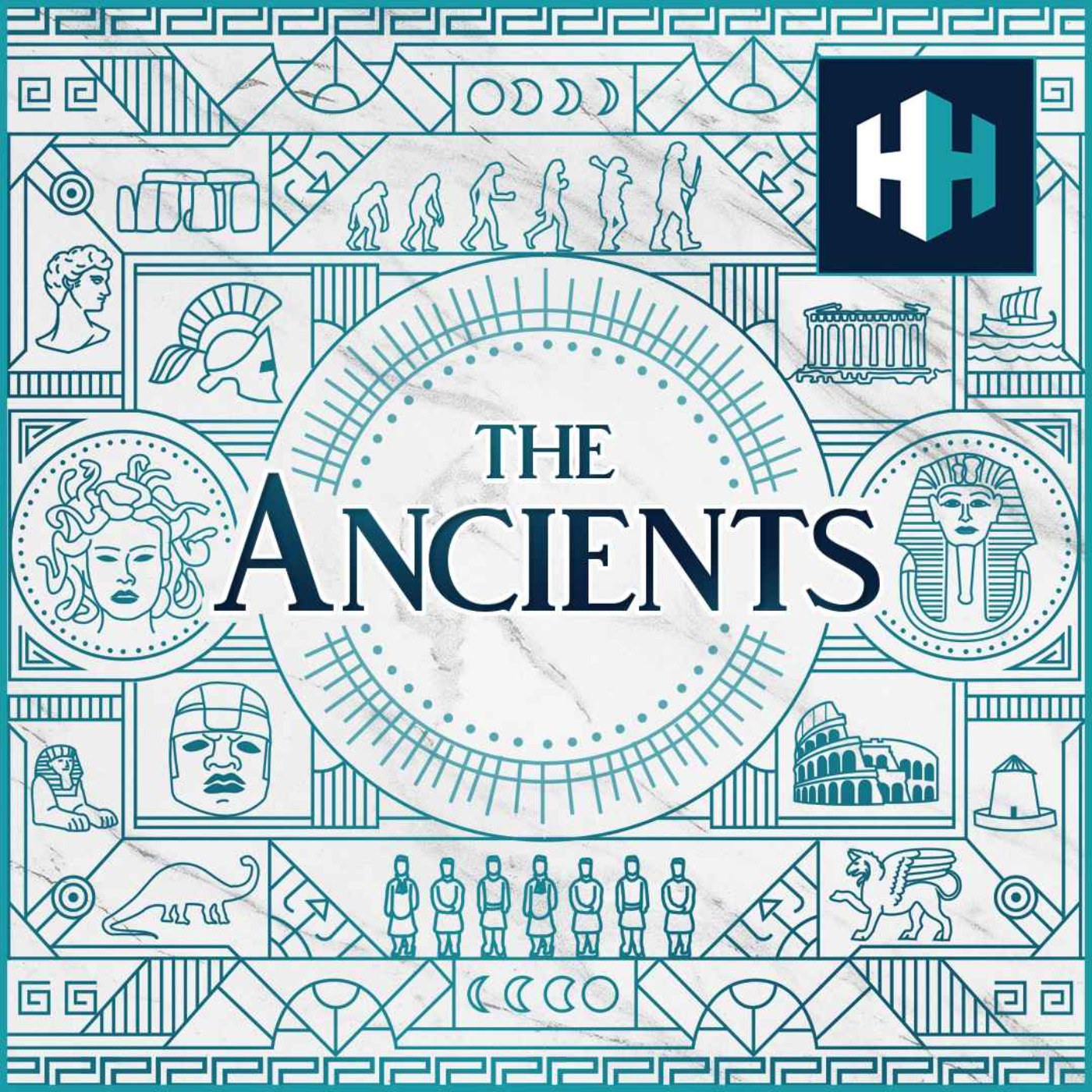
From the steppes of prehistoric Eurasia to the languages we speak today, the story of Indo-European is one of ancient roots and global impact. But what exactly is Indo-European? Who spoke it? And how did a single language family come to dominate nearly half the world?In this episode, Tristan Hughes is joined by Laura Spinney to uncover the origins of Proto-Indo-European. From Sanskrit to Latin, mythological echoes to linguistic detective work, discover how archaeology, genetics and early literature help trace this lost language and the diverse prehistoric peoples who once spoke it.Presented by Tristan Hughes. The producer is Joseph Knight, audio editor is Aidan Lonergan. The senior producer is Anne-Marie Luff.The Ancients is a History Hit podcast.All music from Epidemic SoundsSign up to History Hit for hundreds of hours of original documentaries, with a new release every week and ad-free podcasts. Sign up at https://www.historyhit.com/subscribe. You can take part in our listener survey here.
No persons identified in this episode.
No transcription available yet
Help us prioritize this episode for transcription by upvoting it.
Popular episodes get transcribed faster